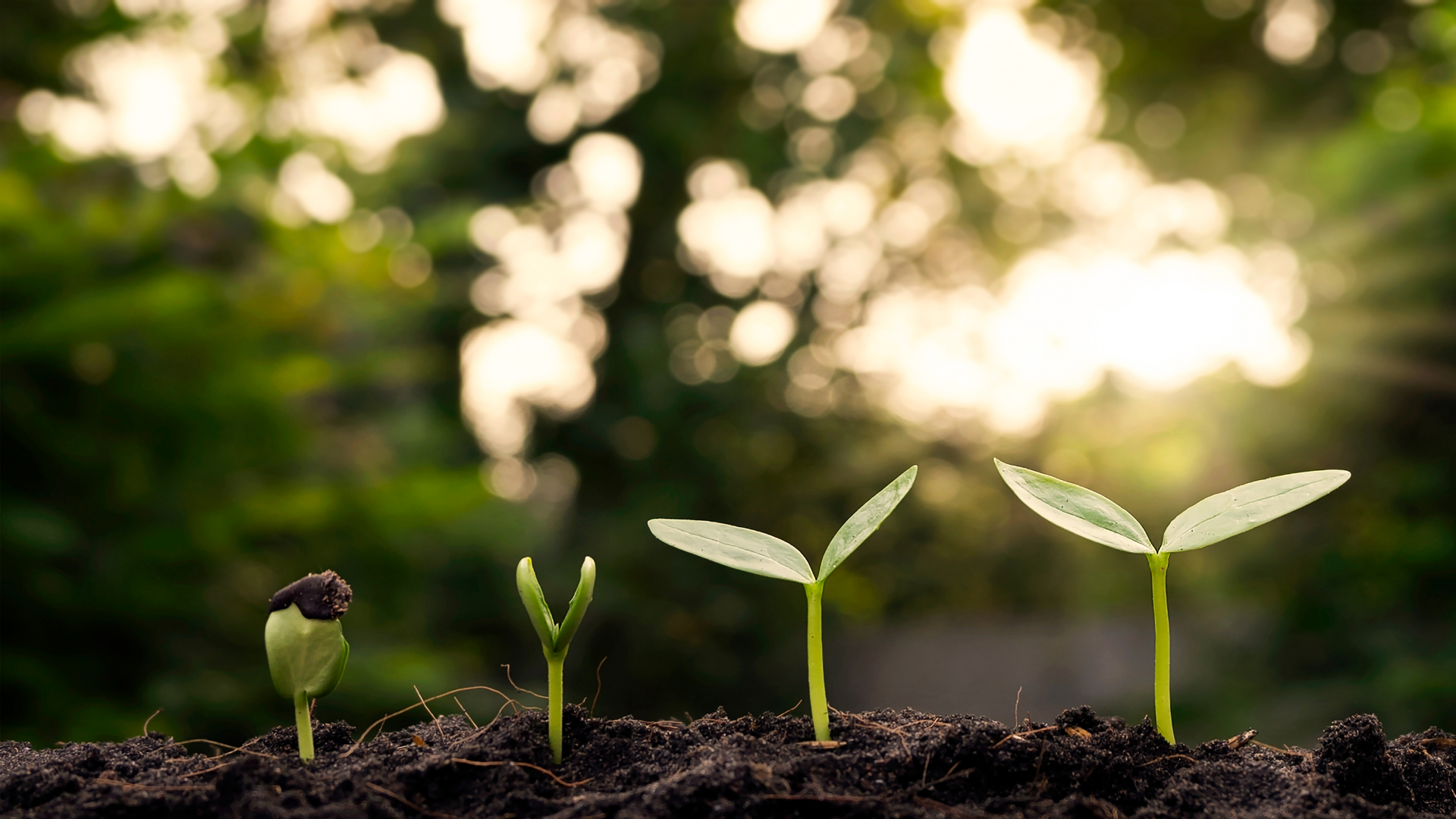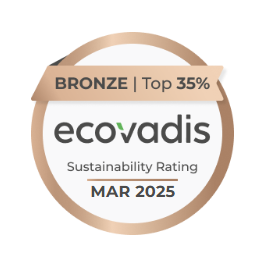Sustainable Buildings Start with Sustainable Skills
The Cross-Sector Skills Behind Sustainable Buildings
In the race to achieve net-zero emissions, the built environment stands out as both a challenge and an opportunity. Buildings account for nearly 40% of global energy-related carbon emissions, making them a critical frontier in the climate fight. But while sustainable materials, energy-efficient systems, and smart technologies grab headlines, it’s the skills behind the scenes that determine whether these innovations succeed or fail.
The truth is: you can’t build sustainable buildings without a workforce trained to design, construct, and maintain them. From architects and engineers to electricians and property managers, every role must evolve to meet the demands of a low-carbon future. And that evolution begins with sustainable skills, specialised knowledge and practices that prioritise environmental impact, resource efficiency, and climate resilience.
The Green Talent Gap in Construction and Real Estate
Despite surging interest in green building, the industry is facing a talent shortage. According to recent research, a significant number of jobs in architecture, construction, and building maintenance will require green skills within the next five years. Yet, many professionals still lack formal training in sustainability.
This gap poses a serious risk. A poorly installed HVAC system, misaligned solar panels, or outdated building codes can undermine an otherwise green project. On the flip side, skilled workers can optimise energy performance, increase building longevity, and improve indoor environmental quality, all while reducing emissions and operating costs.
Educational institutions and industry bodies are beginning to respond. New certifications, such as LEED (Leadership in Energy and Environmental Design), WELL, and Passive House standards, are becoming common requirements. Apprenticeship programs now incorporate energy modeling, sustainable site planning, and material life-cycle assessment. But progress needs to accelerate, and not just among technical experts. Project managers, procurement officers, and even investors must understand the fundamentals of sustainable building practices to ensure success across the value chain.
Cross-Sector Collaboration Fuels Sustainable Skills
No single profession or discipline can tackle sustainable building alone. The future of green construction lies in collaboration, between designers and builders, technologists and tradespeople, private developers and public policymakers. And to work together effectively, all parties need a common language of sustainability.
That’s where sustainable skills come in. These include both hard and soft competencies: understanding energy codes, using carbon accounting tools, mastering building information modeling (BIM) for efficiency, and fostering a sustainability-first mindset. Communication, systems thinking, and problem-solving are just as crucial as technical know-how.
Private sector companies are beginning to take the lead. Real estate firms are upskilling staff through internal training, while construction firms are embedding green principles into standard operating procedures. Governments, too, are rolling out green jobs initiatives, funding vocational programs, and setting minimum sustainability standards for public projects.
Technology is another enabler. Digital twins, AI-driven design tools, and real-time energy monitoring systems can make sustainable buildings easier to achieve, but only when operated by people who understand how to use them properly. The right tools require the right training.
Investing in Skills Is Investing in the Future
At its core, building sustainably is about more than materials and design, it’s about people. As cities grow, climate risks increase, and decarbonisation becomes urgent, the demand for sustainable buildings will only intensify. Meeting that demand requires a workforce prepared not only to build differently, but to think differently.
Upskilling today’s professionals and training the next generation is one of the most impactful steps we can take. Governments, businesses, and educators must work together to ensure green building knowledge is accessible, practical, and continuously updated.
The buildings of tomorrow won’t just be constructed, they’ll be crafted by individuals with the skills to make sustainability real. In the end, sustainable buildings start not with steel or concrete, but with the people who know how to use them wisely.















